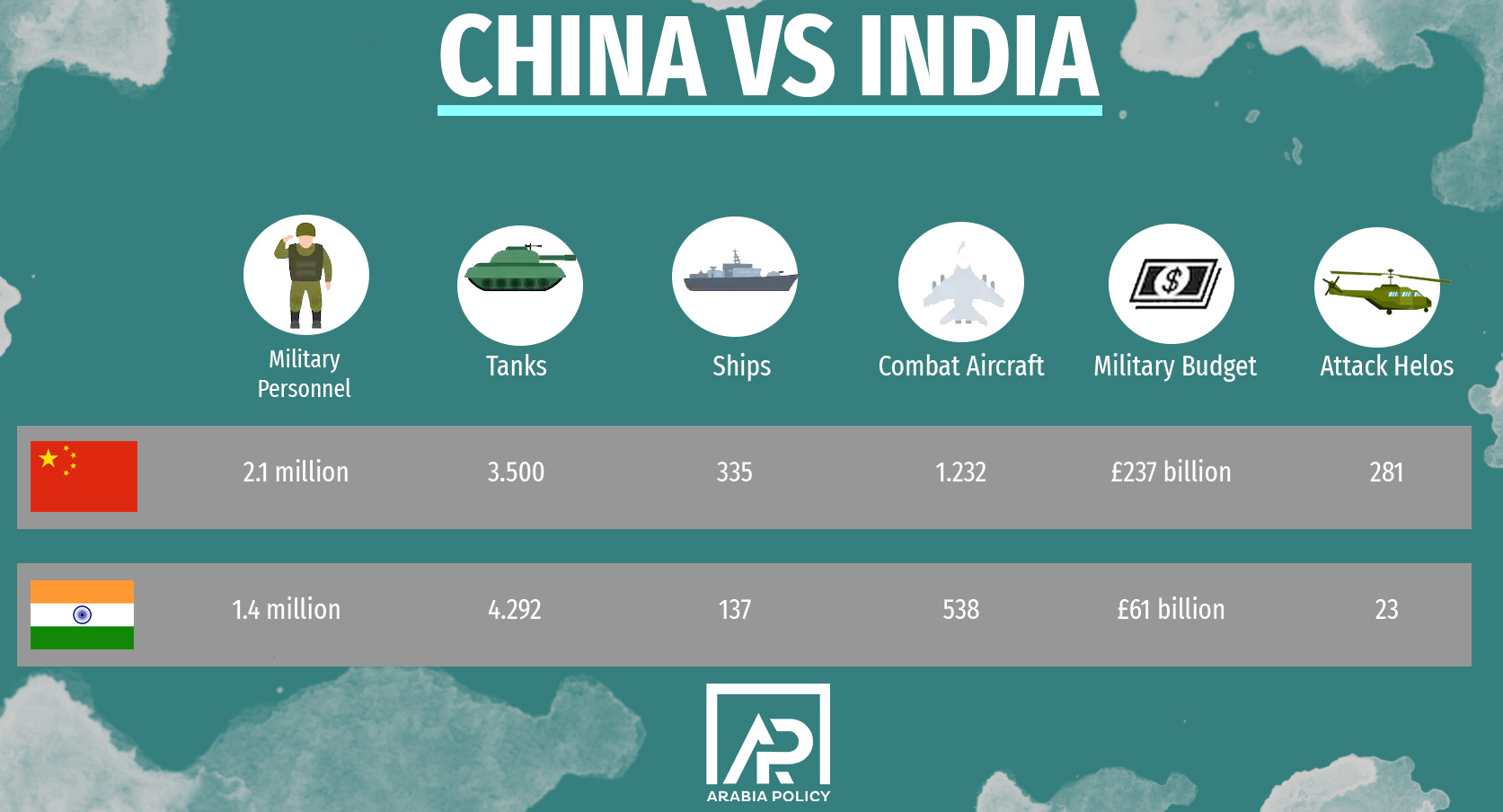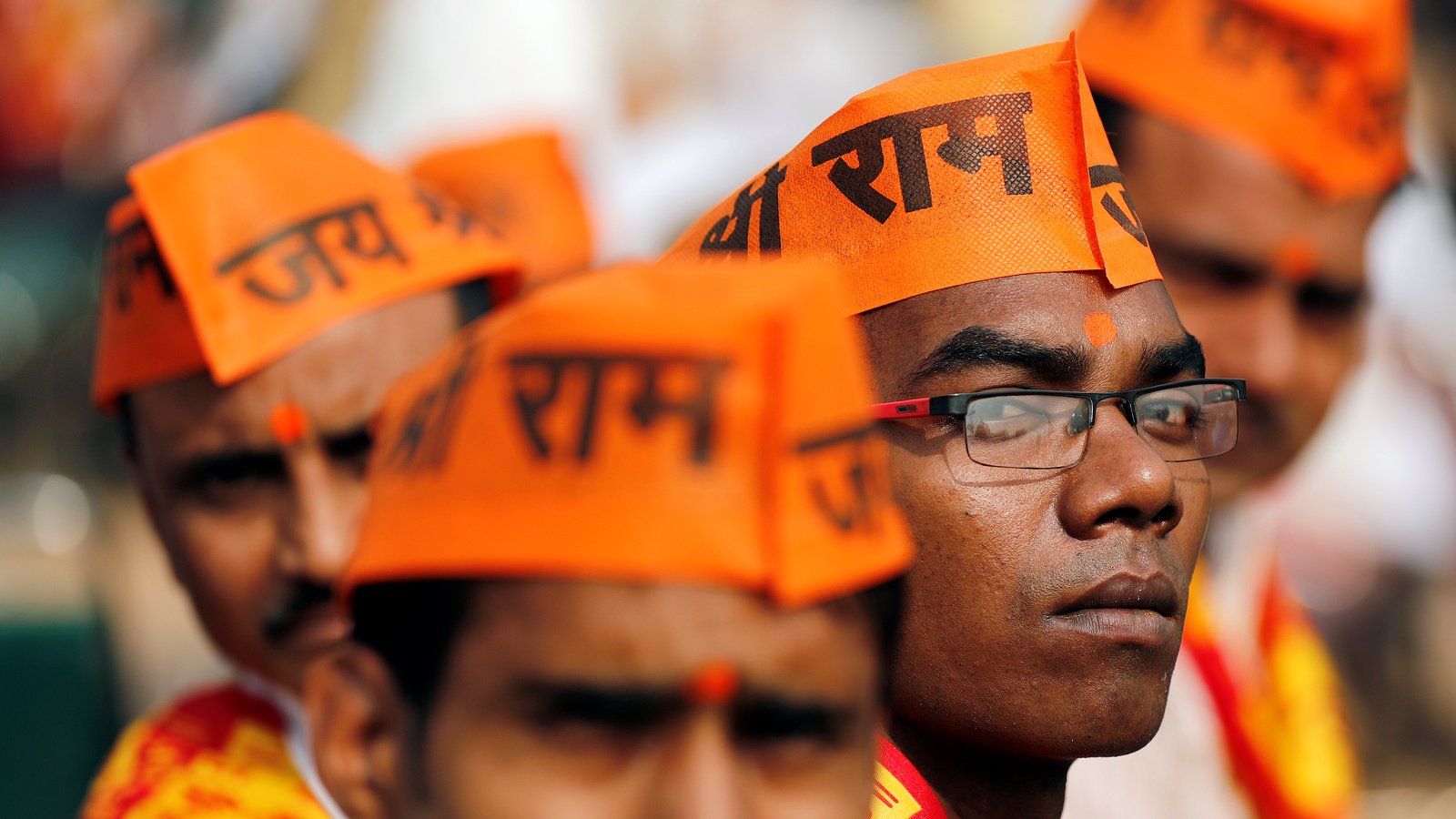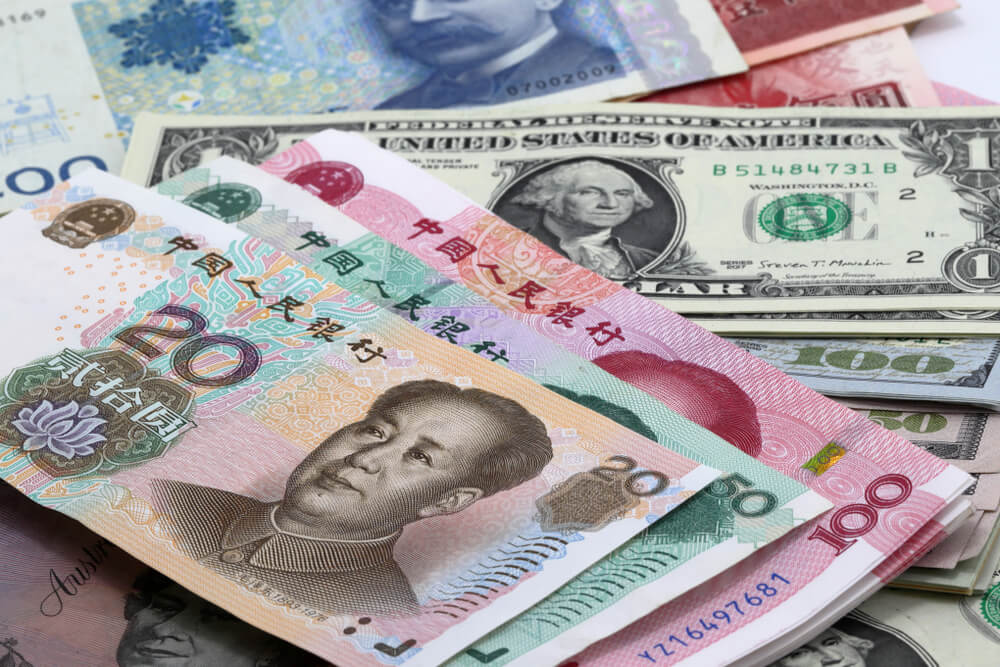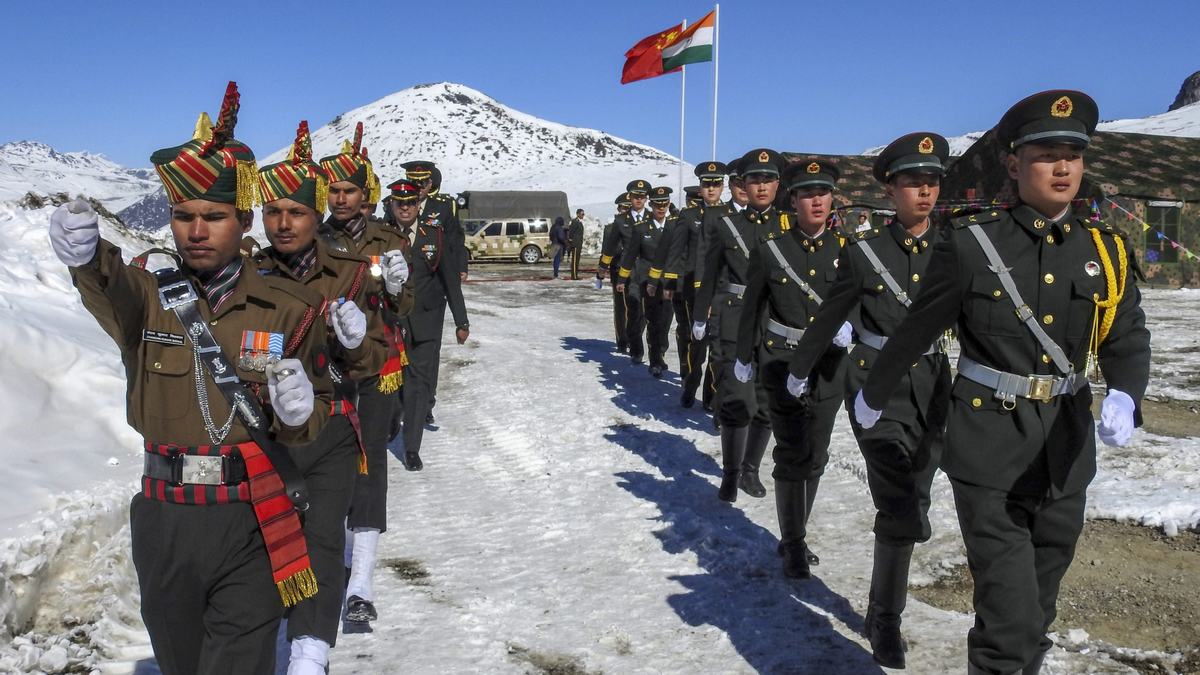The two most populous nations on earth are again facing a diplomatic stand-off over their disputed border in the Himalayas. Tempers among border troops have resulted in several undisciplined bouts of hand-to-hand fighting in recent years, with one such scuffle now resulting in casualties.
Fueled by nationalism and an increasingly skewed worldview, the governments of India and China appear to have lost control over their own narrative as political posturing amid a lack of facts is bringing both nations closer to a war neither country wants, and neither country could win.
Scuffles
Twenty Indian soldiers have died after fighting broke out between Indian and Chinese infantry in the isolated mountains of the Himalayas. Soldiers from the two nuclear armed nations threw rocks, used bamboo sticks with nails, and fists in an uncontrolled scuffle that had little to do with any military objective.
Weeks of high-level talks between the top brass of the two nations has now been undone, with few repercussions for the soldiers involved who are being hailed as martyrs by Indian media.
Three soldiers were reported dead on Tuesday June 16, but a further 17 injured Indian troops have succumbed to hypothermia following the brawl. In a world that is littered with contentious borders and disputed territory, the two Asian giants appear to be unable to maintain discipline within their ranks.
The uncontrolled tempers of border troops is now being presented as a major escalation as both countries present opposing narratives while high-level military officials attempt to de-escalate.
History
Tensions on one of the world’s longest borders stem from a 1914 border drawn by the British who then ruled India. The “McMahon line” has been disputed by China since its conception, but India has considered it the legal border since the country was granted independence in the 1947 partition of India and Pakistan. The dispute led to a 1959 disagreement during a meeting between the countries’ leaders that rapidly escalated.
Three years later, in 1962, the two nations fought an inconclusive month-long war that set the stage for the continued militarization of the border in decades to come. In 1967, the two countries again came to blows as both countries exchanged artillery fire and infantry combat that would be the last shots fired between the two countries.
But China outgrew India economically, aligned itself with India’s traditional foe Pakistan, and started expanding its soft power in the south-Asia region through major infrastructure projects.
India meanwhile became a central fixture in the US Indo-Pacific strategy aimed at curbing Chinese influence in Asia. In 2017, Indo-Chinese relations again deteriorated after a stand-off over a strategic plateau in the Himalayas, leading to the military build-up that resulted in the recent brawl.
Nationalism
The primary fuse of today’s heated tempers was lit by growing nationalism in both countries. The Chinese and Indian governments took wildly different approaches in economic development and methods to control their enormous populations.
The Chinese government chose to rapidly increase Chinese living standards by lifting millions out of poverty, but the “Chinese miracle” came at the price of surrendering free speech and increased state control over citizen’s lives. In 2020, China expects to have completely eradicate extreme poverty, but citizens are controlled and monitored like never before.
India took another approach. Indians enjoy far greater personal freedom and the state has little control over its 1.3 billion citizens, but millions of Indian citizens remain trapped in class-based poverty. Even though relative success was achieved in reducing poverty, the country was unable to match the dramatic improvements in healthcare, education and living standards that China’s government realized.
Poverty and limited opportunities led to an increase in Hindu nationalism in India as tensions with its Islamic neighbor Pakistan produced increasing xenophobia, mob violence and religious intolerance. After Indian prime minister Nahendra Modi rose to power, the government has done little to stop this worrying trend, instead opting to fuel the flames.
In China, state-control over media and increasing international prominence led to a different form of nationalism as economic results and a consolidation of power in Beijing produced a renewed national belief in Chinese power and influence on the global stage. With reporting on Chinese government decisions tightly controlled, citizens increasingly see their country as the next global superpower.
Political posturing
Chinese government officials have mostly tried to cool tempers by highlighting both countries’ mutual interests and emphasizing de-escalation and high-level talks. Indian military officials similarly tried to diffuse rising Indian anger by emphasizing a diplomatic resolution.
India’s politicians have shown no such restraint, however, with India’s defense minister stating that the brawling soldiers had “displayed courage and valor.”
Yet, increased self-confidence in both populations has created echo-chambers in which newspapers present only the national perspective. Chinese media have reported little on the May 15 scuffle that led to casualties, while India’s media have reported on the issue as if it were a battle in a war, fueled by its increasingly belligerent politicians.
While China has attempted to hide the embarrassment of the undisciplined brawl, India’s politicians have attempted to re-frame the event as a moment of Indian bravery in the face Chinese aggression.
The three deceased Indian military members who were initially reported as the only casualties have been hailed by politicians as martyrs who died fighting for their country. Some politicians and political commentators have called for an all-out war with China in response to the scuffle.
Media landscape
Chinese broadcasters have published official statements with little additional commentary or analysis as the amount of Chinese injuries or casualties in the brawl still remains unclear. China’s Global Times published an editorial that blamed Indian “arrogance and recklessness” as it downplayed the event as “confrontational sentiments.”
India’s media has applied no such restraint as its media which regularly publishes dangerous Islamophobic conspiracy theories and fuels inter-religious tensions now cries out for a military “push back.” The Hindustan Times published statements calling its brawling border troops “great heroes” to which the country “is in debt.”
The few Indian commentators that have highlighted that the event was likely triggered by individuals in India’s army have been met with an avalanche of criticism on social media. As Indian media makes it impossible for its military to discipline its troops, increasing the likelihood of another violent confrontation led by emotional young men on its borders.
Military strength
While the Indian media has pushed for a military response, its military will be well aware that such an act could trigger a full-blown conflict with an emerging global superpower. Both nations have a large population and available manpower, and both countries have large nuclear arsenals, but the similarities end there.
China’s defense budget of $237 billion stands in stark contrast to India’s $61 billion annual spending. While China has been rapidly modernizing its military in recent years, the Indian armed forces have not been able to keep up. India, instead, relies on its central position in the US Indo-Pacific strategy instead.
China has a distinct advantage when it comes to essential elements of modern warfare, having more than twice the amount of combat aircraft, a tenfold advantage in attack helicopters and 3,800 pieces of self-propelled artillery compared to India’s 235. China possesses a wide variety of missiles, including advanced Intercontinental ballistic missiles while India’s arsenal is far more limited.
China’s navy is significantly stronger and its fleet is more than twice the size of India’s. The Chinese have triple the destroyers, four times more frigates more than double the amount of frigates that the Indian navy has. The one advantage India holds is the location of its military assets and infrastructure, which are primarily located on its northwestern border, while Chinese assets are spread out across the country.
The impossible war
China’s technological military advantage would however count for little in a conflict in the Himalayas. A war in the “roof of the world” would have to be fought by infantry and light arms as the high-altitude region is ill suited for tanks or even heavy artillery. The few roads that lead through the mountains would provide for perfect choke-points where mechanized forces would suffer heavy casualties.
Because of the high-altitudes, both countries’ air forces would have little impact and any advances would have to be realized by combat between infantry units and light artillery. China’s navy would have to travel for thousands of kilometers through choke-points like the strait of Malacca or the Sunda strait, which would be relatively easy to defend for India’s naval forces.
The only way for both nations to advance would be through the treacherous mountain ranges. Once either military manages to make it through however, they would face the other country’s more advanced military units once they descend from the mountains.
The only feasible result would be a bloody stalemate with marginal territorial gains in the Himalayas. Because both countries possess a nuclear arsenal, no decisive victory could ever be realized without creating an unparalleled human tragedy for both nations.
The Chinese and Indian military appear to be fully aware of this situation and have emerged as the primary source of de-escalation in the current heated debate. Persistent nationalist attitudes in both countries mean it is unlikely that such news would reach their populations however, creating a sense of an emerging conflict that in reality is very unlikely to materialize.





